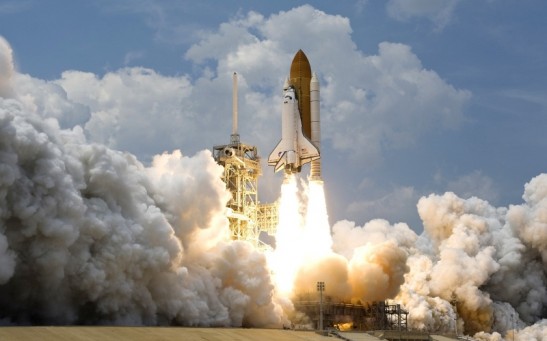space

Mysteries of the Universe: Two Meteorites Shed Light Into Deep Outer Space
![AI Reveals First Stars Were Formed in Clusters, Not Born Alone [Study]](https://1721181113.rsc.cdn77.org/data/images/full/45565/ai-reveals-first-stars-were-formed-in-clusters-not-born-alone-study.jpeg?w=237&h=131)
AI Reveals First Stars Were Formed in Clusters, Not Born Alone [Study]
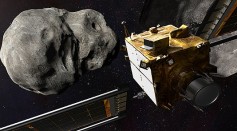
NASA Releases Incredible Photos of DART Crashing 520-Foot Asteroid Dimorphos
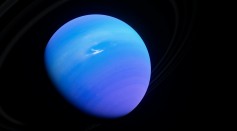
Two Uranus Moons Might Be Harboring Active Oceans That Release Materials to Space, Research Suggests

Space Exploration Revolution: NASA's 'Pellet-Beam Propulsion' Could Enable a Probe to Reach Interstellar Space in 5 Years

Northern Lights Could Become Visible in the UK and US Tonight Due to Winds Blown From a Giant Hole in the Sun's Atmosphere
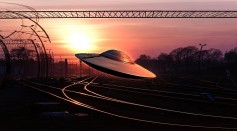
TikTok 'Time Traveler' Claims That an Alien Invasion Will Hit, Lead to the Abduction of 8,000 Humans

300-Foot Wide Asteroid Approaching Earth, Moon This Weekend; Rare Occurrence Only Happens Once in a Decade
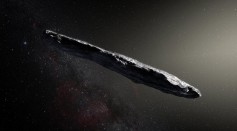
More Updates About Oumuamua: First Interstellar Comet's Strange Orbit Explained by Hydrogen Outgassing From Ice, Study

Ultra-Powerful James Webb Telescope Picks Up Dust Storm on a Distant Exoplanet

NASA's DART Collision With Dimorphos Created Huge Dust Cloud, Providing More Information About the Asteroid's Composition

Interstellar Object 'Oumuamua Is Not an Alien Craft, But a Rock That Was Passing Hydrogen

Pentagon Officials Think That Alien Mothership Roams Around Our Solar System, Could Deploy Small Probes to Earth
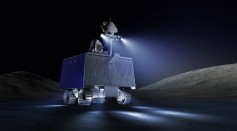
NASA Just Started Building Its First Robotic Lunar Rover That Will Explore Moon's Resources
Most Popular

AI Revolution in Medical Education: Transforming How Healthcare Professionals Learn

Optimizing Complex Catalog Systems with Graph Theory and Indexing

Exploring Life Beyond Earth: Study Claims Other Planets Could Be Suitable for Alien Life

Nikolay Karpenko Biography, Photo, Career, Accomplishments

